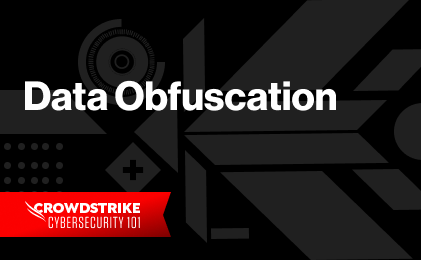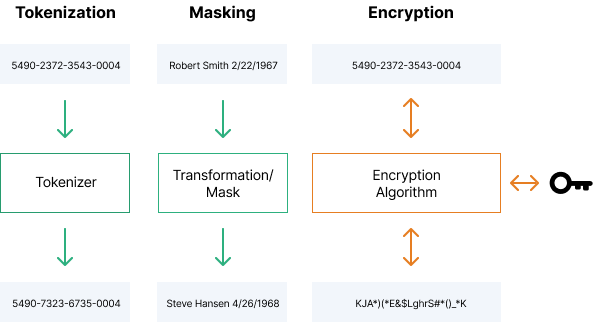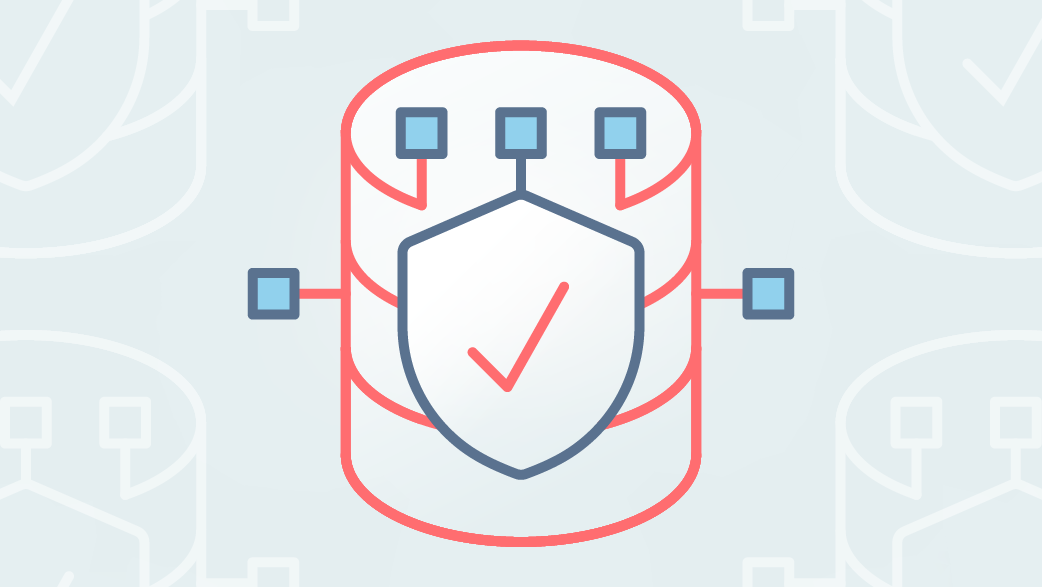Data obfuscation, also known as data masking or data anonymization, is a process of altering or transforming data in order to make it unintelligible or less meaningful to unauthorized individuals. The purpose of data obfuscation is to protect sensitive or confidential information from being accessed, understood, or misused by unauthorized entities.
References
-
 Data obfuscation is the process of disguising confidential or sensitive data to protect it from unauthorized access.🔗crowdstrike.com
Data obfuscation is the process of disguising confidential or sensitive data to protect it from unauthorized access.🔗crowdstrike.com -
Data Obfuscation is a technique used to mask or hide sensitive data in order to protect it from unauthorized access.🔗dremio.com
-
 Find out what exactly data obfuscation is, the most common data obfuscation methods, and what to look for when choosing the right tool for implementing it.🔗Immuta
Find out what exactly data obfuscation is, the most common data obfuscation methods, and what to look for when choosing the right tool for implementing it.🔗Immuta -
 Find out what exactly data obfuscation is, the most common data obfuscation methods, and what to look for when choosing the right tool for implementing it.🔗Immuta
Find out what exactly data obfuscation is, the most common data obfuscation methods, and what to look for when choosing the right tool for implementing it.🔗Immuta -
 Data obfuscation is the process of replacing sensitive information with data that looks like real production information.🔗Learning Center
Data obfuscation is the process of replacing sensitive information with data that looks like real production information.🔗Learning Center -
The definition of data obfuscation can be found in our guide to data integration technology nomenclature. Discover today & find solutions for tomorrow.🔗informatica.com
-
 Does your company control who can see specific data in all of your applications?🔗nullafi.com
Does your company control who can see specific data in all of your applications?🔗nullafi.com -
 If you ask ten people the definition of data obfuscation, you'll get 12 different answers. Learn how to make data obfuscation work for you with three of the most common techniques used to obfuscate data: encryption, tokenization, and data masking.🔗Talend - A Leader in Data Integration & Data Integrity
If you ask ten people the definition of data obfuscation, you'll get 12 different answers. Learn how to make data obfuscation work for you with three of the most common techniques used to obfuscate data: encryption, tokenization, and data masking.🔗Talend - A Leader in Data Integration & Data Integrity

 Obfuscation
Obfuscation